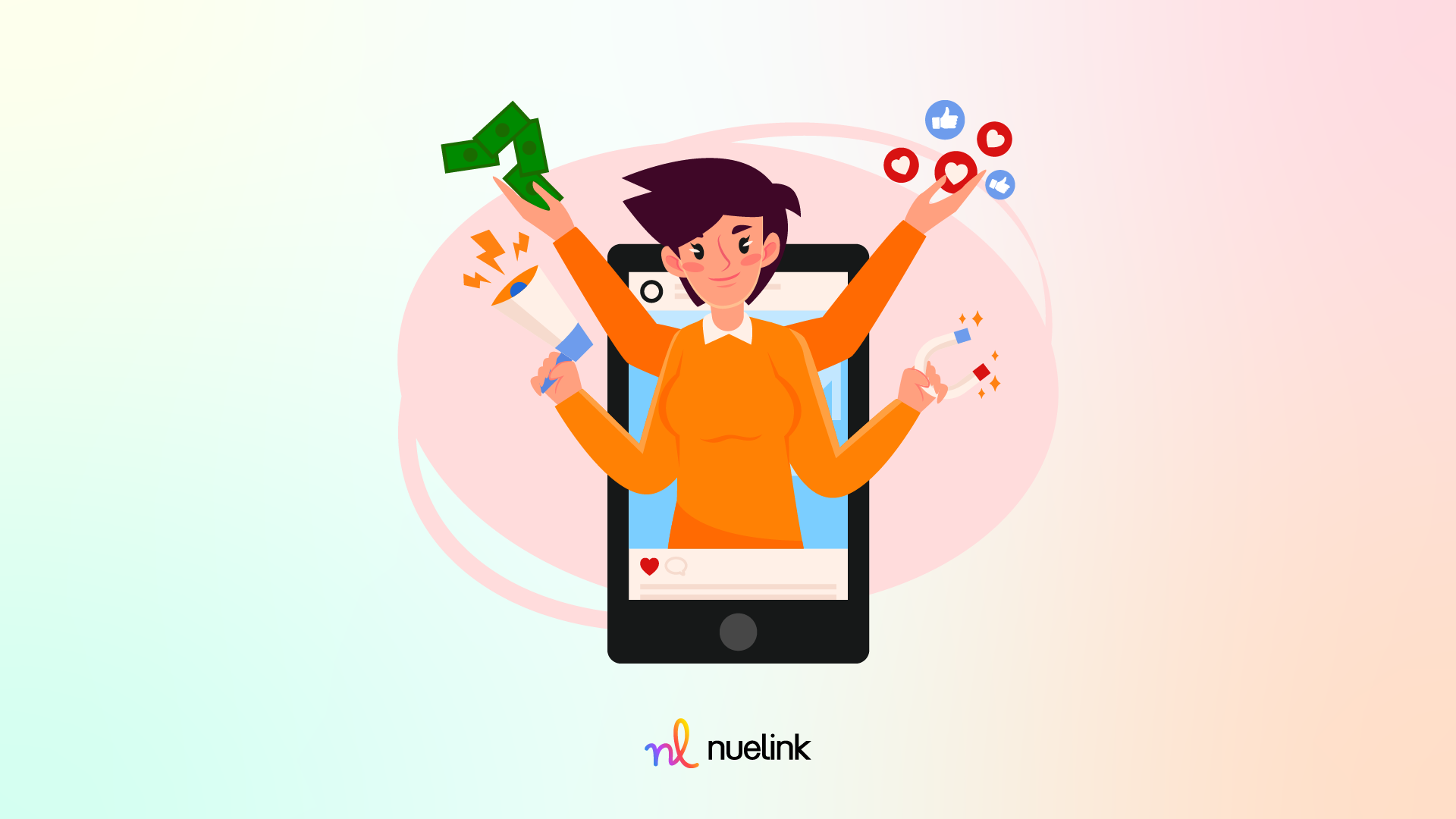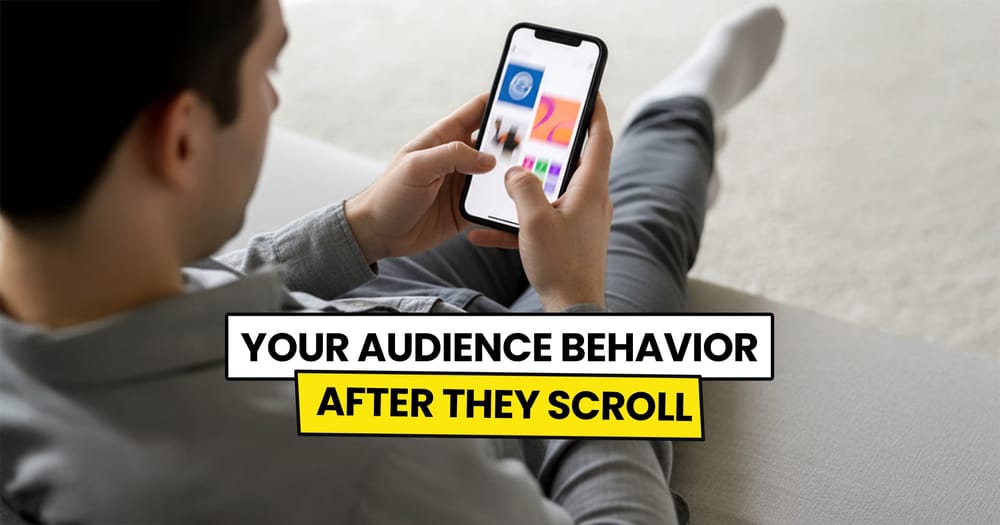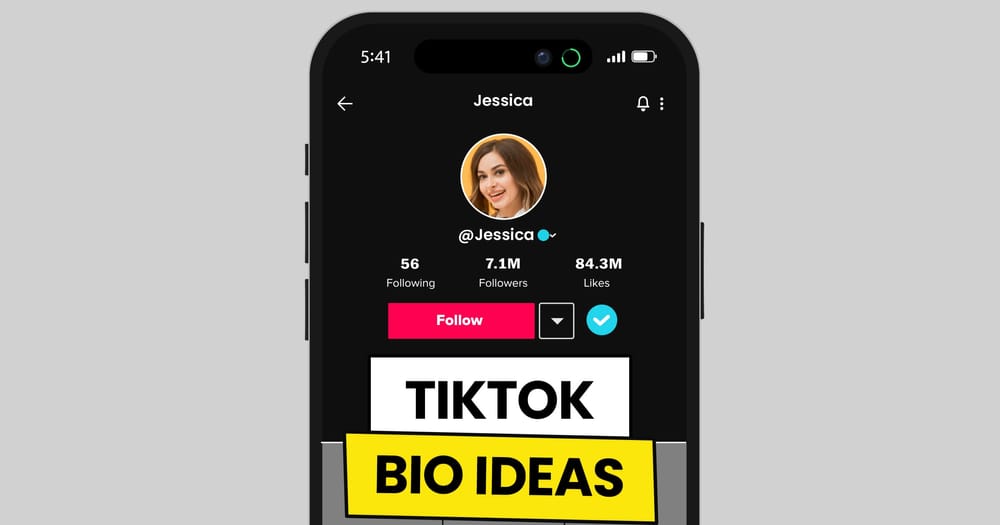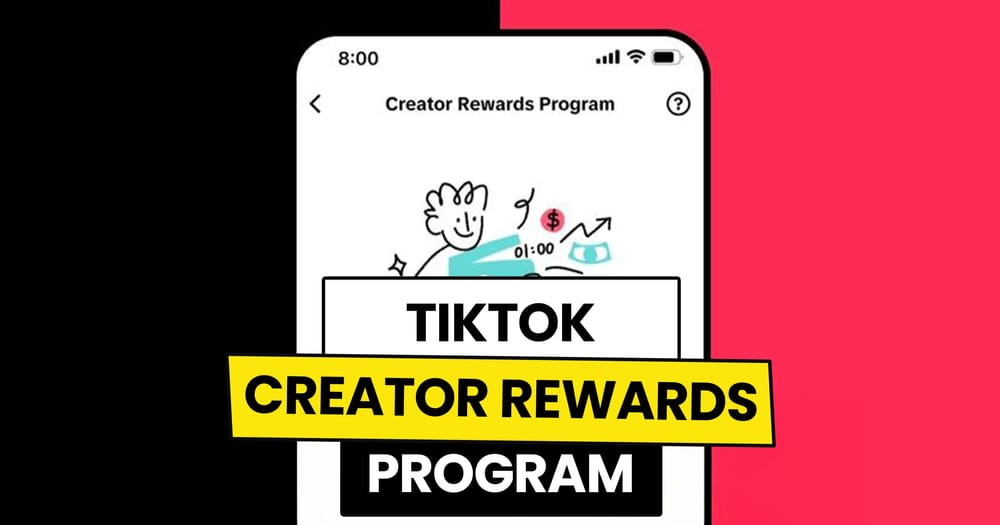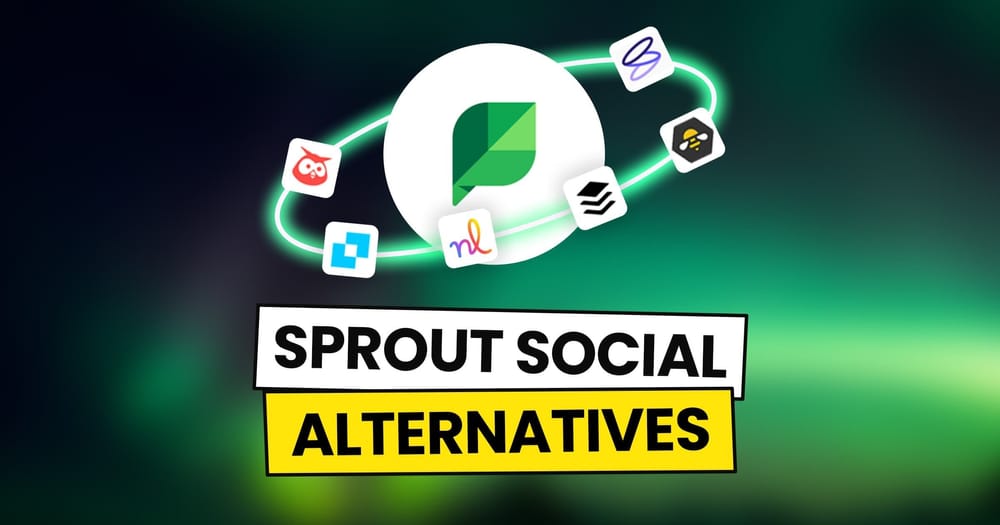Influencer marketing is big business. Do you want to know what else it is? Expensive.
Be prepared to spend many thousands of dollars if you want to partner with “big-name” personalities.
But don’t let that scare you away. There’s another option: micro-influencer marketing.
Through this strategy, you can reach engaged, targeted audiences that are in tune with the product or service you’re selling.
Here’s how.
What is Micro-Influencer Marketing?
Micro-influencer marketing is an element of social media niche marketing. It involves partnering with individuals who have a small but highly engaged following on social media to promote your brand. You leverage their credibility and focused audience to enhance your product's visibility and trustworthiness — and of course, sales.
How Do You Define a Micro-Influencer?
Depending on the source, micro-influencers have anywhere between 1,000 and 100,000 social media followers.
However, influencers on the lower end of that number may be considered nano-influencers, while those on the higher end often fall into the macro-influencer category.
Don’t get caught up in defining influencers, though. The only thing that matters is performance and alignment with your brand.
What About Virtual Influencers?
Just like AI-powered chatbots, virtual influencers are AI-generated 'characters' that post and engage on social media just like the rest of us!
Due to opinions surrounding AI, it may be a risky move at this stage for smaller brands to do business with virtual influencers. However, with big players like Samsung and Calvin Klein leading the way in these digital partnerships, it may be an avenue worth keeping your eye on!
Now, back to our regularly scheduled programming.
The Benefits of Micro-Influencer Marketing
While there’s no guarantee of success, there are potential benefits of rolling out a micro-influencer marketing campaign:
- Authenticity: Micro-influencers maintain close relationships with their followers, making their endorsements seem more genuine. Their recommendations come across as trustworthy, and that enhances your brand's reputation and credibility.
- High engagement: Due to their niche audiences, micro-influencers often enjoy higher engagement compared to larger influencers. This means your brand's message is more likely to be seen and acted upon.
- Cost efficiency: Collaborating with micro-influencers is typically more affordable than partnering with celebrity influencers. This allows for a better return on investment, especially for smaller brands with smaller budgets.
- Targeted audiences: Micro-influencers cater to specific niches. With this, your marketing efforts reach the most relevant consumers. Not just consumers in general.
- Increased reach: By working with multiple micro-influencers, you can tap into a variety of audiences to expand your overall reach. This diversity helps to spread your brand's message far and wide.
As you plan your campaign, do so with the idea of taking advantage of these five benefits.
How to Launch a Micro-Influencer Marketing Campaign
Ok, now it’s time for the exciting stuff.
You have a better idea of what micro-influencer marketing is. You know what types of benefits it can bring to your business. But what you may not know is how to launch a successful campaign to harness the power of influencer marketing.
Let’s fix that.
Identify the Right Influencers
Identifying the right influencers is the first step in launching a successful micro-influencer marketing campaign.
You need influencers who not only have a genuine interest in your niche but also align with your brand's values and B2C or B2B marketing strategies.
Start by researching influencers in your industry who engage with content similar to yours and have a track record of influencing buyer decisions. Look for those with a professional audience that matches your target demographic.
From there, analyze their content for quality, relevance, and engagement to ensure that the partnership will resonate with your audience.
Conduct Outreach
Once you've identified influencers who align with your brand’s marketing strategies, the next step is to conduct effective outreach.
This process involves more than just sending a generic email; it requires a personalized approach to catch the influencer's attention and convey the mutual benefits of a partnership.
Start by crafting a compelling message that highlights what you admire about their work, how it aligns with your brand, and what you are proposing. This personalized touch will significantly increase your chances of receiving a positive response.
Effective communication is a must throughout the entire influencer collaboration process. This means maintaining a clear, open, and respectful dialogue from your initial outreach to the end of the campaign.
Furthermore, these services can save you time and resources in the long run by reducing bounce rates and improving the overall efficiency of your email marketing efforts.
By taking steps to make your outreach as effective as possible, you can build stronger relationships with influencers. And that’s foundational to launching successful micro-influencer marketing campaigns.
Craft Collaborative Content
Crafting collaborative content is the next step in your micro-influencer marketing campaign. This is the bridge that connects your brand with the influencer’s audience.
This content should not only resonate with the influencer's followers but also integrate your brand’s message.
Start by co-creating content that plays to the influencer's strengths and preferences, whether it's through blog posts, short-form videos on their channel, a “takeover” on your channel, and so on.
The content must feel authentic to the influencer's style to maintain the trust and interest of their audience.
At the same time, it should highlight the unique value your brand offers while subtly weaving in your key messages. Collaborative planning and creativity here can result in content that feels natural and engaging — and that’s what you’re going for.
Measure Campaign Success
Finding influencers and running campaigns isn’t the end. You also need to measure campaign success. That’s the only way of knowing if you’ve reached your goals. It also helps you plan more effective campaigns in the future.
Establish clear, measurable goals from the start to track campaign progress through metrics such as engagement rates, reach, lead generation, and sales impact.
This approach not only quantifies the return on investment (ROI) but also sheds light on the campaign's strengths and weaknesses.
Using an influencer analytics platform can provide you with real-time insights into audience demographics, sentiment analysis, and conversion rates. This will enable you to fine-tune your approach, optimize content, and even pivot strategies mid-campaign if necessary.
With data in hand, you can then refine and adjust your strategies for better future performance.
And remember, measuring results and optimizing campaigns is a never-ending cycle. When done correctly, it steadily advances you toward your long-term goals.
Utilize Influencer Marketing
If you would like a hands-off experience in Micro-Influencer Marketing, consider using an influencer marketing platform like Stack Influence designed to automate product seeding campaigns and scale up your brand awareness. Brands offer products to a vetted network of over 11 million micro-influencers in Stack Influence’s database, reimbursing them for their purchase once they’ve produced authentic content and reviews. This approach drives buzz and word-of-mouth marketing. The platform leverages AI to precisely target influencers by niche and demographics, managing campaigns from start to finish so brands don’t have to handle logistics or risk losing inventory.
Final Thoughts
There’s no “one thing” to guarantee a successful micro-influencer marketing campaign, but a focus on strategic influencer selection, efficient communication, and ongoing measurement and improvement will put you on the right path to success.
With this clear and concise roadmap guiding you, your micro-influencer marketing journey is in good hands from start to finish.

